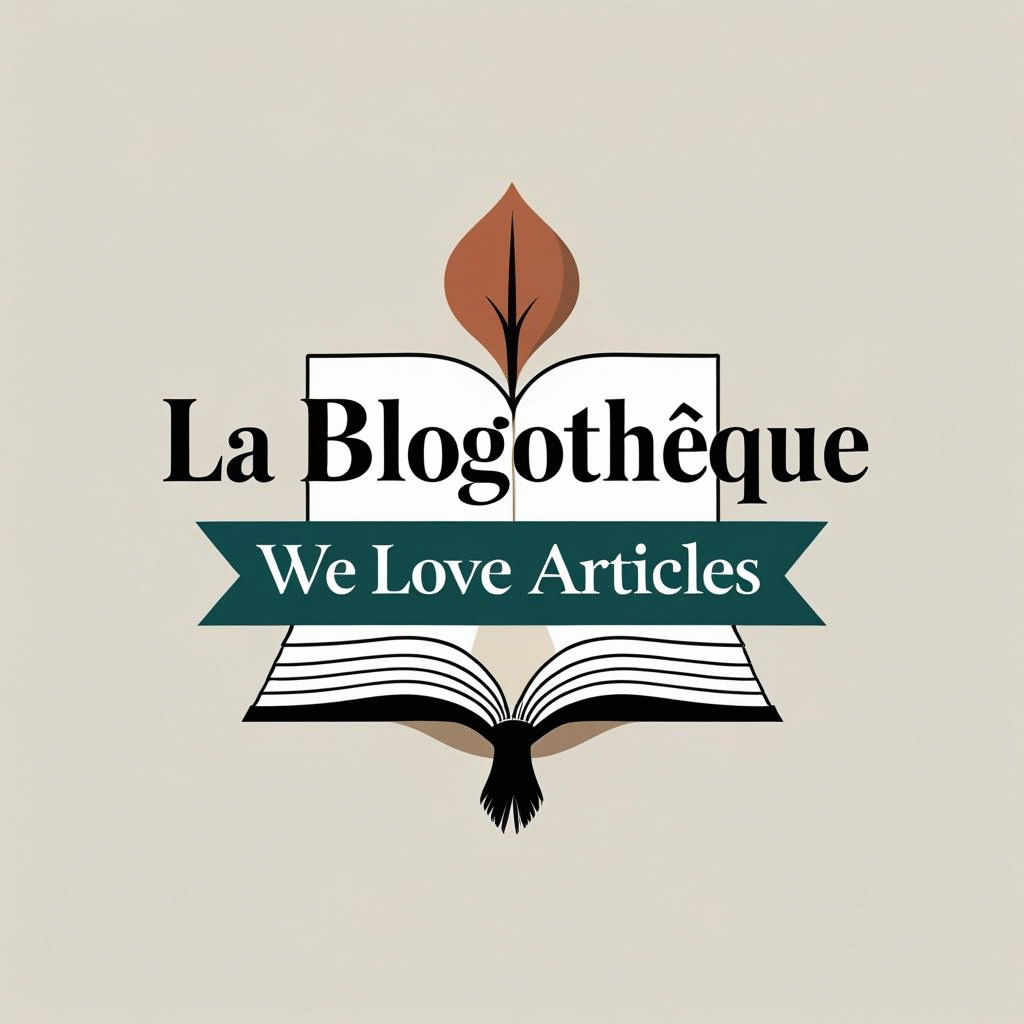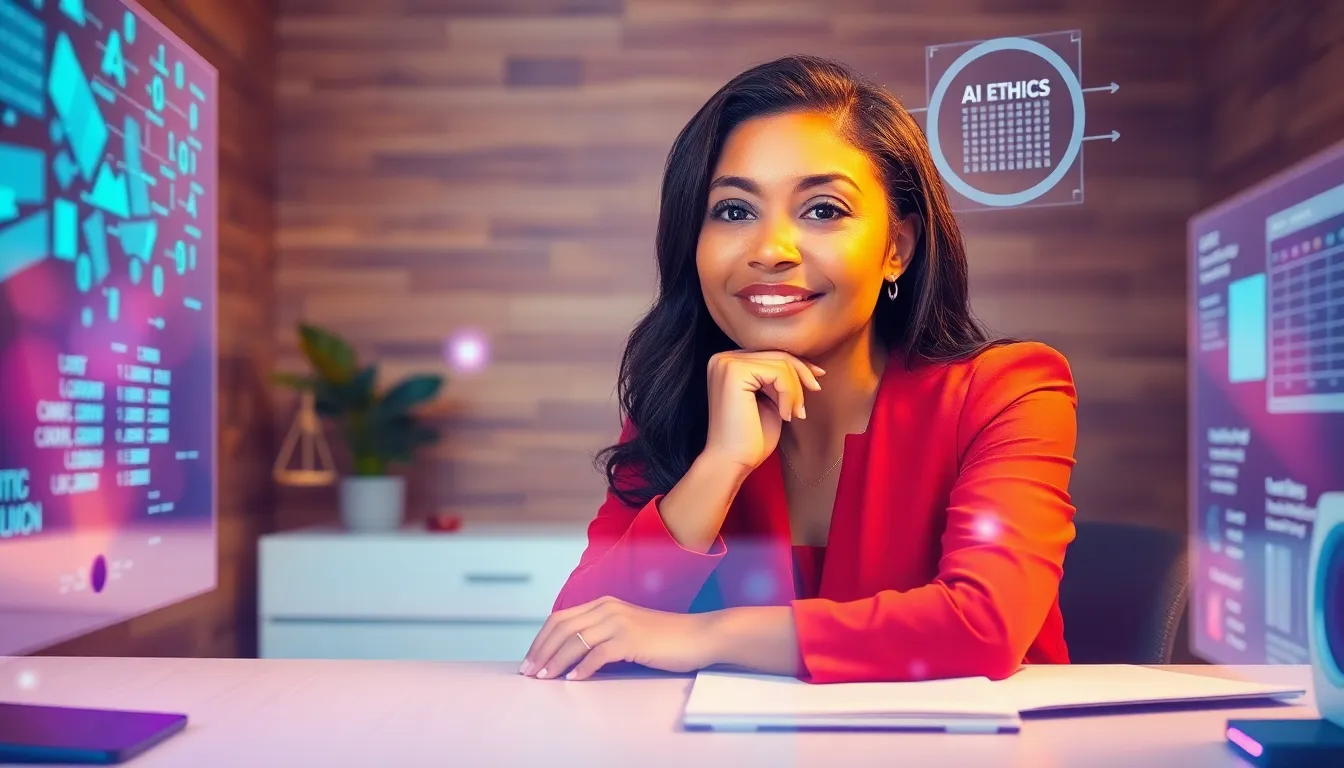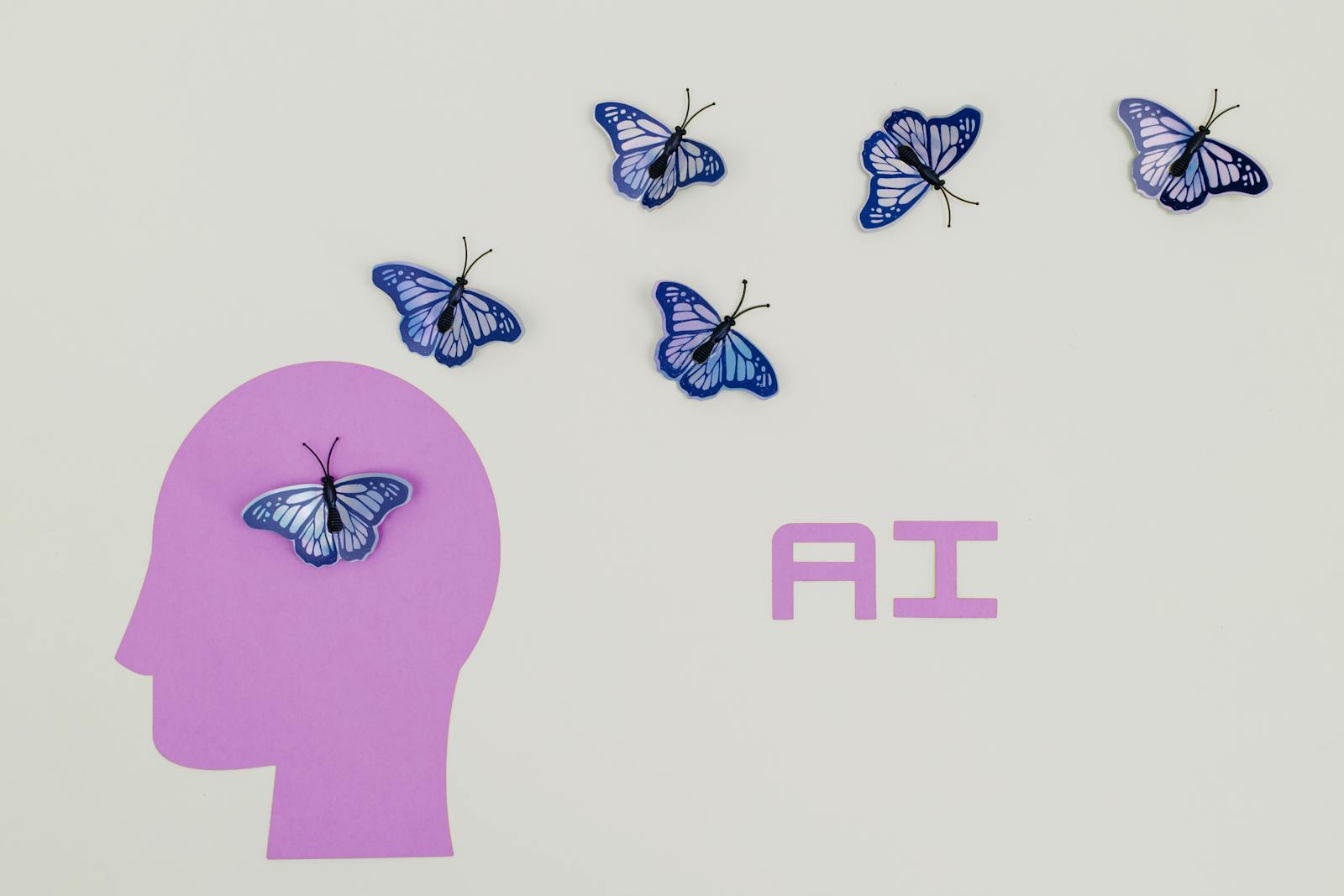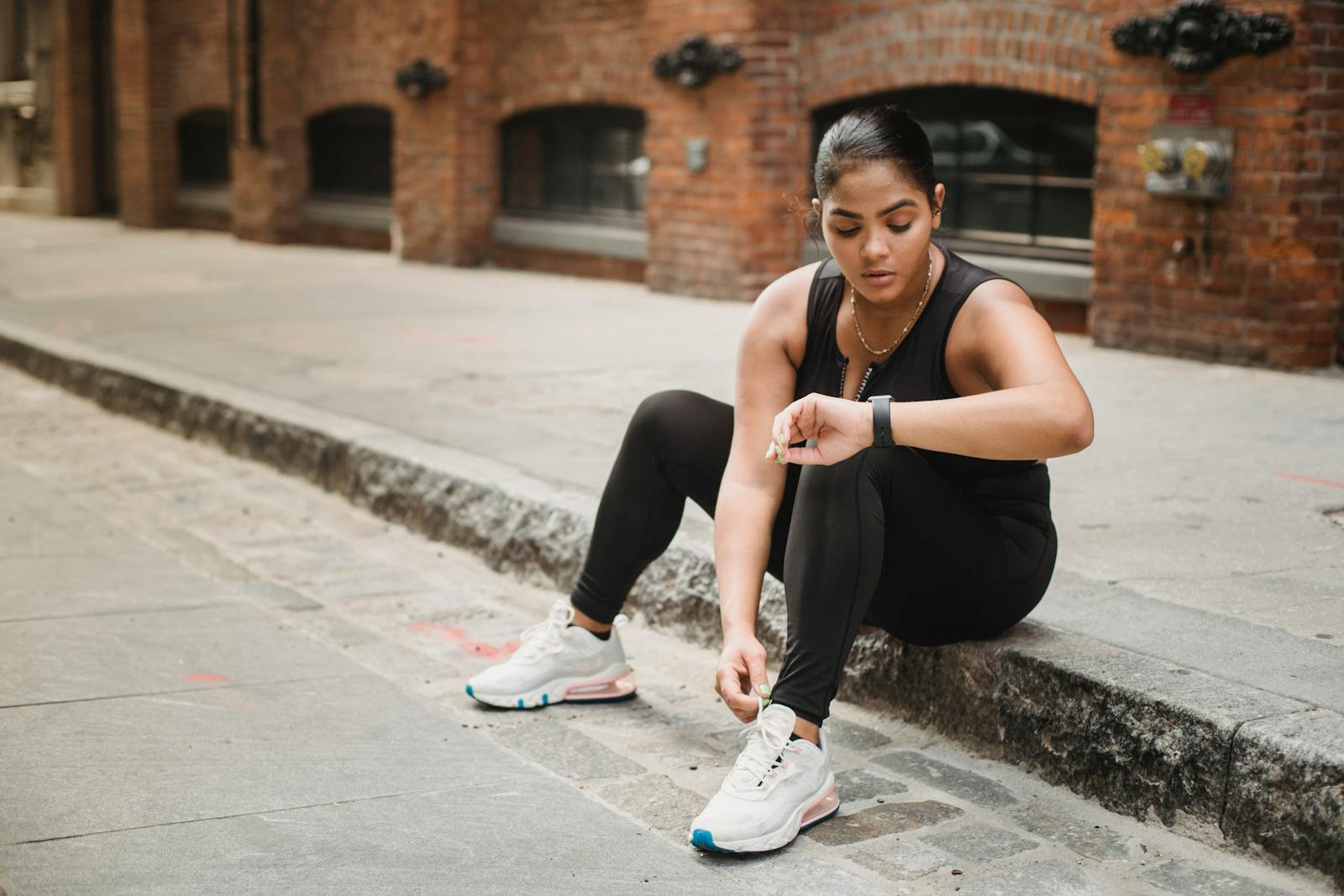The Creative Spark in the Age of AI: Friend or Foe?
Okay, let’s talk about AI and creative work. It’s kind of a big deal, right? It feels like every other week there’s some new tool that can write, draw, or compose music. The question everyone’s asking is: what does this mean for the artists, writers, and designers who’ve been doing this stuff for years? Is it a threat? A helping hand? Honestly, it’s probably a bit of both, and that’s what makes it so interesting, and, admittedly, a little scary. So, we’re going to explore how AI is changing the creative world, what tools are popping up, and what challenges creatives actually face. Because let’s be real, just knowing the tools exist isn’t the same as knowing how to actually use them.
AI as a Creative Partner: Tools and Transformations
AI in creative fields… it’s evolving fast. What used to sound like science fiction is now just… Tuesday. Think about image generation: tools like DALL-E 2, Midjourney, and Stable Diffusion can turn a text prompt into a pretty decent image in seconds. Want a photorealistic picture of a cat wearing a tiny hat, riding a unicorn through space? No problem. Need concept art for a sci-fi world? Done. Want it in the style of Van Gogh? Easy. This obviously has massive implications for graphic designers, illustrators, and even photographers, kind of. But actually using these tools well, that’s a skill in itself. You need to learn how to write effective prompts, and understand the limitations of the AI. It’s not magic, it’s more like having a really quirky, talented intern who sometimes gets things spectacularly wrong.
Then there’s AI for writing. We’ve seen tools that can generate articles, blog posts, even scripts. It’s useful for getting a first draft down, or for brainstorming ideas, but let’s be honest – it’s not going to replace a good writer any time soon. The AI can produce words, sure, but it often lacks that human spark, that voice, that understanding of nuance. Plus, there’s the whole issue of originality and plagiarism. If the AI is trained on existing text, how do you ensure the output is truly original? That’s a tricky legal and ethical area.
And music! AI can compose melodies, create backing tracks, even generate entire songs in different styles. Tools like Amper Music and Jukebox are making music creation more accessible than ever. This is great for indie game developers or YouTubers who need background music, or even just for musicians looking for a bit of inspiration. But what about the soul of the music? Can an AI truly capture the emotion and artistry that a human composer brings? That’s the real question. It gets tricky when you start thinking about copyright, too. Who owns the rights to a song composed by AI? The programmer? The user who provided the prompt? The AI itself (kidding… mostly)? There’s no real consensus yet, and that’s something the industry needs to figure out.
So, where can you start if you want to dip your toes in? Play around with some free trials. Midjourney has a free tier, and there are plenty of online AI writing tools with free versions. The small wins come from just experimenting, learning what these tools are good at, and more importantly, what they’re not good at. A lot of people think it’s about replacing creativity, but honestly, the power is in augmenting it. Thinking of it as a collaboration is probably the right frame of mind.
The Human Element: Where AI Falls Short (For Now)
Okay, so AI can do some pretty cool stuff. But it’s not perfect. And honestly, it’s the imperfections that highlight what’s special about human creativity. Ever wonder why we value art, music, stories? It’s not just about technical skill, it’s about connection, about feeling something. AI can mimic styles, but it doesn’t truly *feel* anything. It doesn’t have lived experiences, emotions, or a point of view. AIs don’t have a childhood, a broken heart, or a moment of unexpected joy – things that often fuel truly original art.
That’s where the human element comes in. A painter’s brushstroke, a musician’s improvisation, a writer’s turn of phrase – these are all informed by a lifetime of experiences, a unique perspective. AI can generate a technically perfect image, but it might lack that spark, that soul, that makes it truly resonate with an audience. It’s like the difference between a perfectly cooked meal and one made with love. Both might satisfy your hunger, but only one nourishes the soul.
One thing people often get wrong is thinking AI can replace the creative process entirely. It can’t. It can assist, it can automate some tasks, but it can’t replace the initial spark of an idea, the iterative process of refining that idea, the sheer hard work of bringing a vision to life. To be fair, it can be easy to get caught up in the hype and think you can just type in a prompt and get a masterpiece. But creativity is more than just execution, it’s the thinking, the experimenting, the failing, and the trying again. It’s the human messiness that leads to breakthroughs.
The tricky part is figuring out how to blend AI’s capabilities with human intuition. It’s not about either/or, it’s about finding the synergy. Maybe AI can handle the tedious tasks, the repetitive elements, freeing up the human creator to focus on the big picture, the emotional core, the artistic vision. Small wins here come from identifying the bottlenecks in your creative process and seeing if AI can ease them. For example, if you’re a graphic designer, using AI to generate initial concepts can save you hours of brainstorming. But the final design, the one that truly connects with the client, that’s still going to come from your human judgment and skill.
The Ethical Minefield: Navigating Copyright and Authenticity
So, let’s talk about the elephant in the room: ethics. With AI churning out art, music, and writing at an incredible rate, questions of copyright, ownership, and authenticity are getting seriously complicated. Honestly, this stuff can be a bit of a legal minefield, and it’s something the creative industries are still trying to figure out.
The big issue is training data. AI models learn by analyzing vast amounts of existing content. If that content is copyrighted, does using it to train an AI infringe on those copyrights? Some argue that it’s fair use, like parody or critique. Others say it’s blatant copying. There’s no easy answer, and the courts are likely to be dealing with these cases for years to come. For creators, this means being aware of the potential risks. If you’re using AI-generated content commercially, you need to do your due diligence and make sure you’re not infringing on someone else’s rights.
Then there’s the question of authenticity. If a piece of art is created by AI, is it “real” art? Does it have the same value as something created by a human? This is a philosophical debate as much as a practical one. Some argue that the human element is what makes art meaningful, and that AI-generated content is inherently less valuable. Others see AI as just another tool, like a paintbrush or a musical instrument. The value, they say, comes from how the tool is used, not who (or what) is using it.
What people often get wrong is assuming that AI-generated content is automatically unethical. It’s not. It’s the way it’s used that matters. If you’re using AI to create derivative work, or to pass off someone else’s style as your own, that’s unethical. But if you’re using it as a tool to enhance your own creativity, to explore new ideas, to push boundaries, that’s a different story. The trickiest part is transparency. If you’re using AI in your creative process, be open about it. Don’t try to hide it, or pretend you did everything yourself. Honesty builds trust, and trust is essential in the creative world.
If you want to stay on the right side of the ethical line, a good starting point is to think about the intent behind your work. Are you trying to deceive anyone? Are you giving credit where it’s due? Are you respecting the rights of others? Small wins come from establishing clear guidelines for your own use of AI, and from educating yourself about the legal and ethical issues involved. It’s an ongoing conversation, and we all need to be part of it.
Quick Takeaways
- AI tools can be amazing creative assistants, but they’re not magic wands.
- Human creativity still matters – AI can’t replicate emotion or lived experience.
- Experiment with AI, but don’t forget the fundamentals of your craft.
- Ethics are key: be mindful of copyright and be transparent about your use of AI.
- Focus on augmenting your creativity, not replacing it.
- Don’t be afraid to mess around and see what happens – that’s where the cool stuff comes from.
- The future is collaborative: human + AI can be a powerful combination.
Conclusion
So, yeah… AI and the creative industries. It’s a complex, ever-changing landscape. Is it a threat? Maybe, if you see it as a replacement for human skill. But honestly, it’s more of an opportunity. A chance to explore new ways of creating, to push the boundaries of what’s possible, to collaborate with machines in ways we never imagined. It’s not about robots taking our jobs, it’s about how we choose to use these tools. What’s worth remembering here? That human creativity is still the driving force. AI can assist, it can inspire, but it can’t replace the passion, the vision, the soul that comes from a human heart. This whole thing will continue to evolve, that’s basically guaranteed.
The copyright and ownership questions are worth keeping an eye on, too. It’s messy now, and it’ll probably get messier before it gets clearer. But that’s okay. Creative industries have always adapted to new technologies, and they will adapt to this one. The key is to approach AI with curiosity, with a willingness to experiment, and with a healthy dose of skepticism. Don’t believe the hype, but don’t dismiss the potential either. Because, actually, if we use it right, this could be a really exciting time for creativity.





